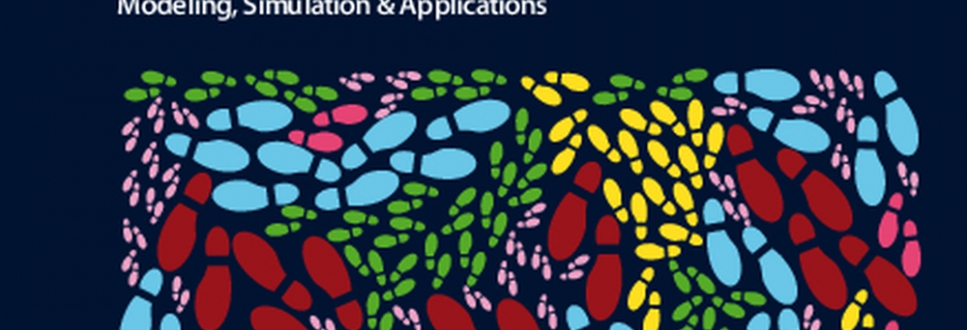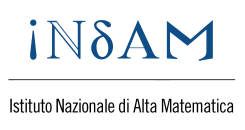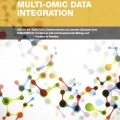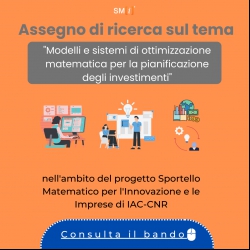
Computation and Diseases
2013-04-23
- h. 10.00: Dr. Fabio Luciani, University of New South Wales, Infection and Inflammation Research Centre (IIRC), Sydney, AUS: "Computational models and next generation sequencing to study Hepatitis C virus infections" - h. 11.00: Prof. Christine Nardini, CAS-MPG Partner Institute for Computational Biology (PICB), Clinical Genomics Networks Group, Shanghai, PRC: "Complex networks: applications to Rheumatoid Arthritis"
Fabio Luciani, UNSW, Sydney, AUS
LINK: http://research.unsw.edu.au/people/dr-fabio-luciani
Next generation sequencing (NGS) technologies have redefined the modus operandi in both human and microbial genetics research, allowing the unprecedented generation of very large sequencing datasets on a short time scale and at affordable costs. Vaccine development research is rapidly taking full advantage of the advent of NGS. This review provides a concise summary of the current applications of NGS in relation to research seeking to develop vaccines for human infectious diseases, incorporating studies of both the pathogen and the host. We focus on rapidly mutating viral pathogens, which are major targets in current vaccine research. NGS is unraveling the complex dynamics of viral evolution and host responses against these viruses, thus contributing substantially to the likelihood of successful vaccine development.
Christine Nardini, PICB, Shanghai, PRC,
www.picb.ac.cn/picb-dynamic/Desktop/staff/ergroupview.jsp?ntype=18&model=basic
Rheumatoid arthritis (RA) is among the most common human systemic autoimmune diseases, affecting approximately 1% of the population worldwide. To date, there is no cure for the disease and current treatments show undesirable side effects. As the disease affects a growing number of individuals, and during their working age, the gathering of all information able to improve therapies -by understanding their and the disease mechanisms of action- represents an important area of research, benefiting not only patients but also societies. In this direction, network analysis methods have been used to further elucidate our understanding of this complex disease. Based on a virtual network that collects and connects a large number of the molecules known to be involved in a disease, one can simulate the effects of controlling molecules, allowing for the observation of how this affects the rest of the network. This is important to mimic the effect of a drug, but also to be aware of -and possibly control- its side effects. Using this approach in RA research we have been able to contribute to the field by suggesting molecules to be targeted in new therapies and more importantly, to warrant efficacy, to hypothesise novel recommendations on existing drugs currently under test.













